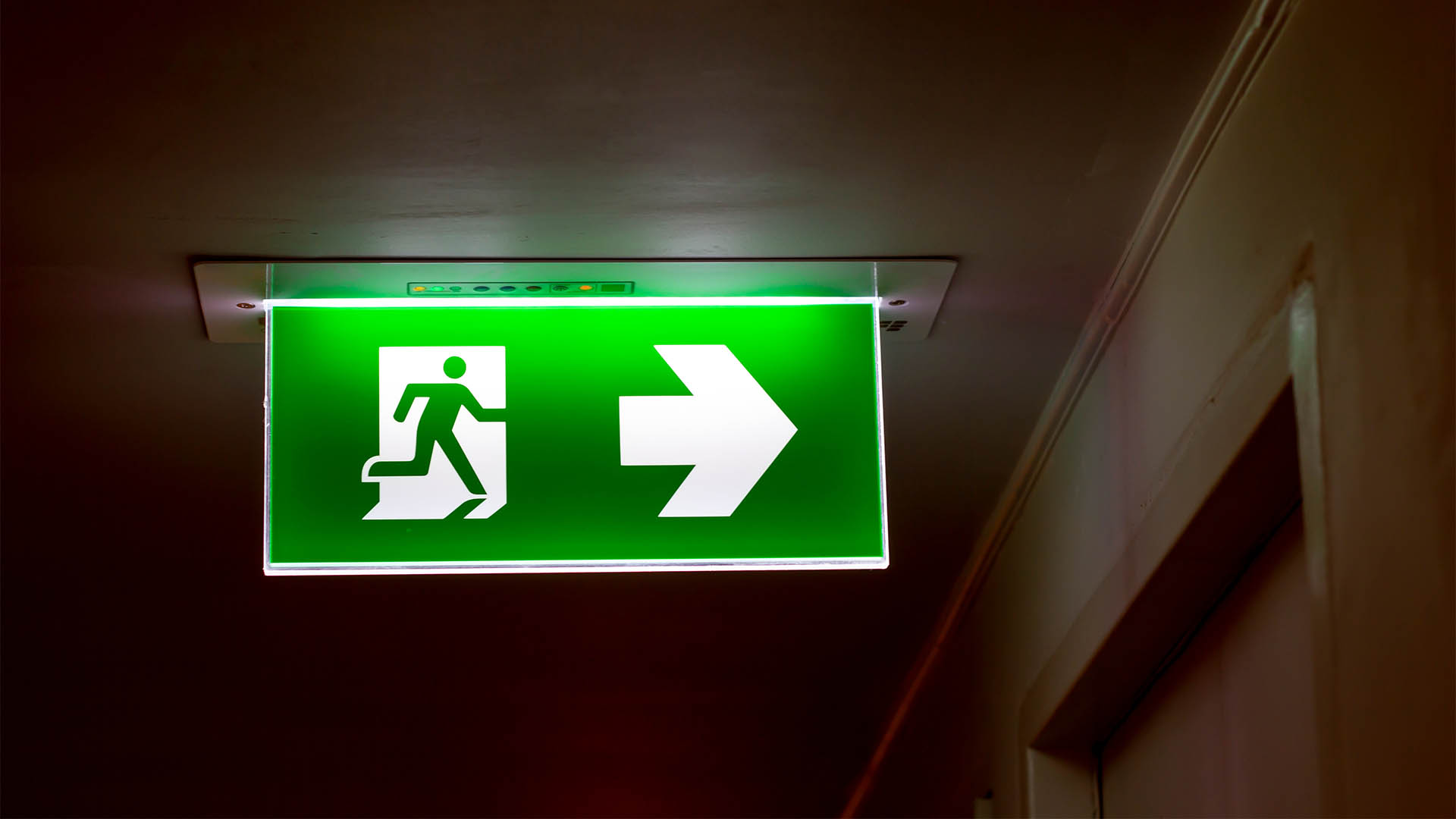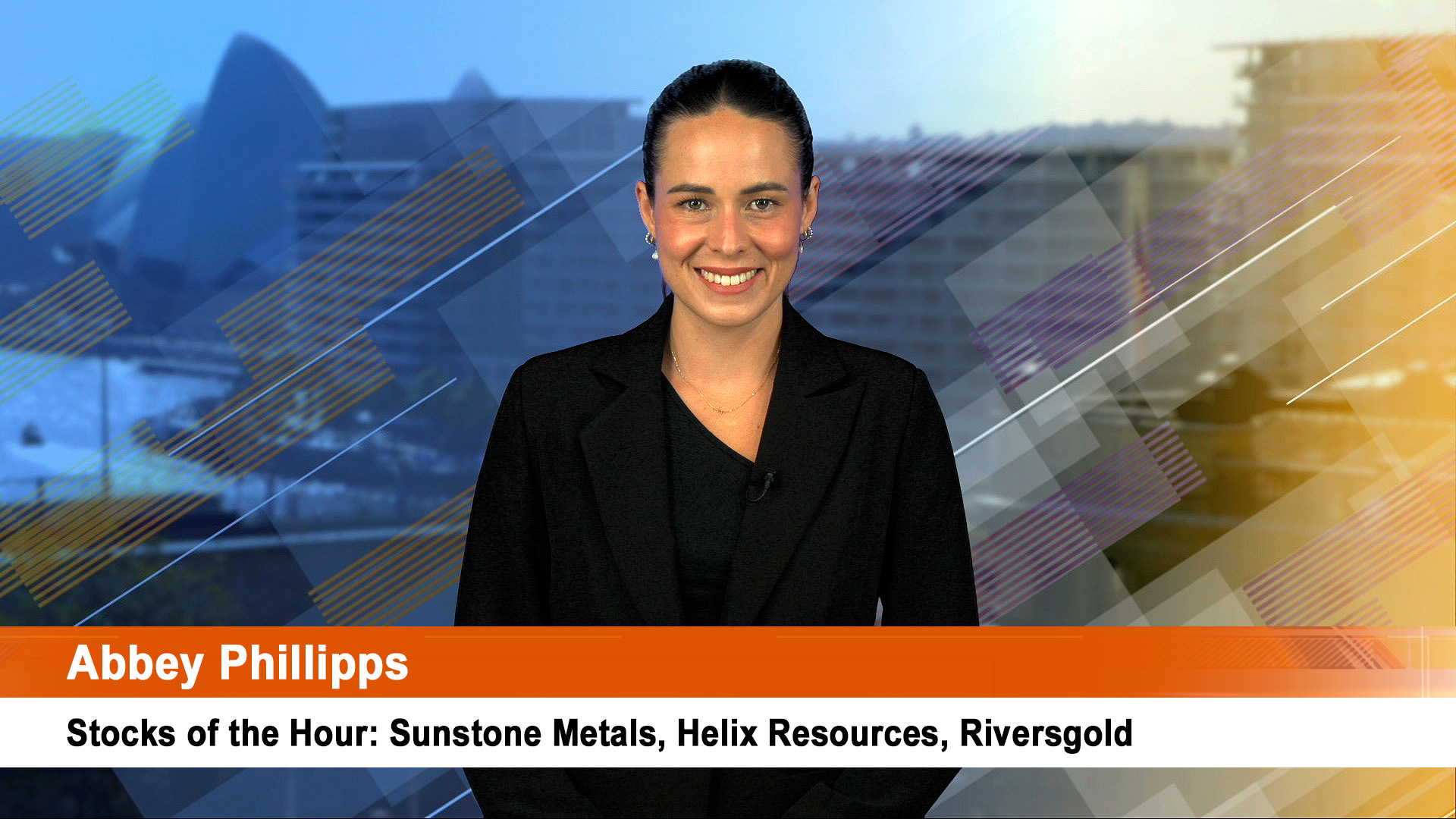
It’s either a green shoot developing into a sapling, or a rotten illusion.
America’s pummelled house sector has had its best news for three years with the release of figures showing a small upturn in prices for the first time since mid 2006.
This was after new home starts and building permits have risen now for a couple of months, sales of new homes rose for a third month last month and sales of existing homes are rising slowly.
Normally this news would have been an occasion for cheering on Wall Street, but another downturn in consumer confidence took the gloss of the 0.5% rise in prices in the May reading of the Standard & Poor’s Case Schiller Index.
For some reason this was viewed as being ‘bad’ news for the market and the economy, while the strongest sign yet of the black hole of housing steadying, came and went without leaving much of an impression.
US investors are now wary ahead of the first reading of second quarter economic growth in the US on Friday night, our time.
Perhaps it’s the fear of ‘good news’; after all US investors have shrugged off gloomy news since March while chasing shares higher.
And there were also those analysts wary of shouting too loudly about the upturn in prices for fear that a wave of anxious, debt-burden homeowners will seek to sell quickly and send prices crashing again.
While that has to happen given the fragile finances of more than one fifth of all American mortgage holders, no one wants to see it right now.
But it was welcome news that the Standard & Poor’s Case Schiller Index rose on a monthly basis in May for the first time in nearly three years, according to 20-city index released Tuesday.
US home prices have plunged more than 32% on average from their 2006 peaks, but the rate of fall slowed in May for the fourth straight month and finally turned higher.
It was the second month in a row that the month on month increase had steadied and cut the yearly fall.
According to the report it was in fact the first increase in the monthly index since July 2006.
David Blitzer, chairman of the index committee S&P, said in a prepared statement: this is "the first time we have seen broad increases in home prices in 34 months. This could be an indication that home price declines are finally stabilizing".
"While many indicators are showing signs of life in the U.S. housing market, we should remember that on a year-over-year basis home prices are still down about 17% on average across all metro areas, so we likely do have a way to go before we see sustained home price appreciation."
And Robert Shiller, the Yale economist who co-founded the index and who’s famous for warning that the housing boom was, in fact, a bubble, said the a slowing in foreclosure sales helped, but could rise again, which would send prices south. "And we could get more economic bad news, but it does look encouraging," he said.
The best performed area was Cleveland in the Midwest which has suffered for years: prices rose 4.1%.
But the city where there’s no impact is one of the founding members of the subprime debacle, Las Vegas, where prices dropped 2.6% in May from April.
Eight US cities, including Chicago, Cleveland, Denver and San Francisco, showed price increases in May, up from four in April and one in March, according to the report. Two other cities, Charlotte, N.C., and New York, were flat.
But surprisingly, it was the Conference Board’s consumer confidence index which had the greatest impact: it fell more than expected in July, echoing a report on Friday from Reuters and the University of Michigan.
The index fell to 46.6 in July from a reading of 49.3 in June; the market was way out forecasting a slight do to 49. All components of the index fell by more than forecast.
Taken with other surveys in the past two months, there’s now a discernible slump in US consumer confidence at a time when the market has been fairly robust and the flow of economic news OK, except for unemployment.
"More consumers are pessimistic about their income expectations, which does not bode well for spending in the months ahead," Lynn Franco, director of the Conference Board’s consumer research center, said in a statement.
Also yesterday more upbeat commentary from a senior member of the Fed, with Janet Yellen, the head of the San Francisco Fed saying "we glimpse the first solid signs … that economic growth may be poised to resume. Indeed, I expect that to happen sometime this year."
But Yellen said the weak labor market and downward pressure on wages remain a concern for now, while the slide in commercial real estate market poses a downside risk as well.
"A gradual recovery means that things won’t feel very good for some time to come," she said. "I expect to see subdued consumer spending for some time."
That’s what Fed chairman Ben Bernanke has said twice in the past week and it’s a message that may be getting through to the more bullish of American and global investors.













